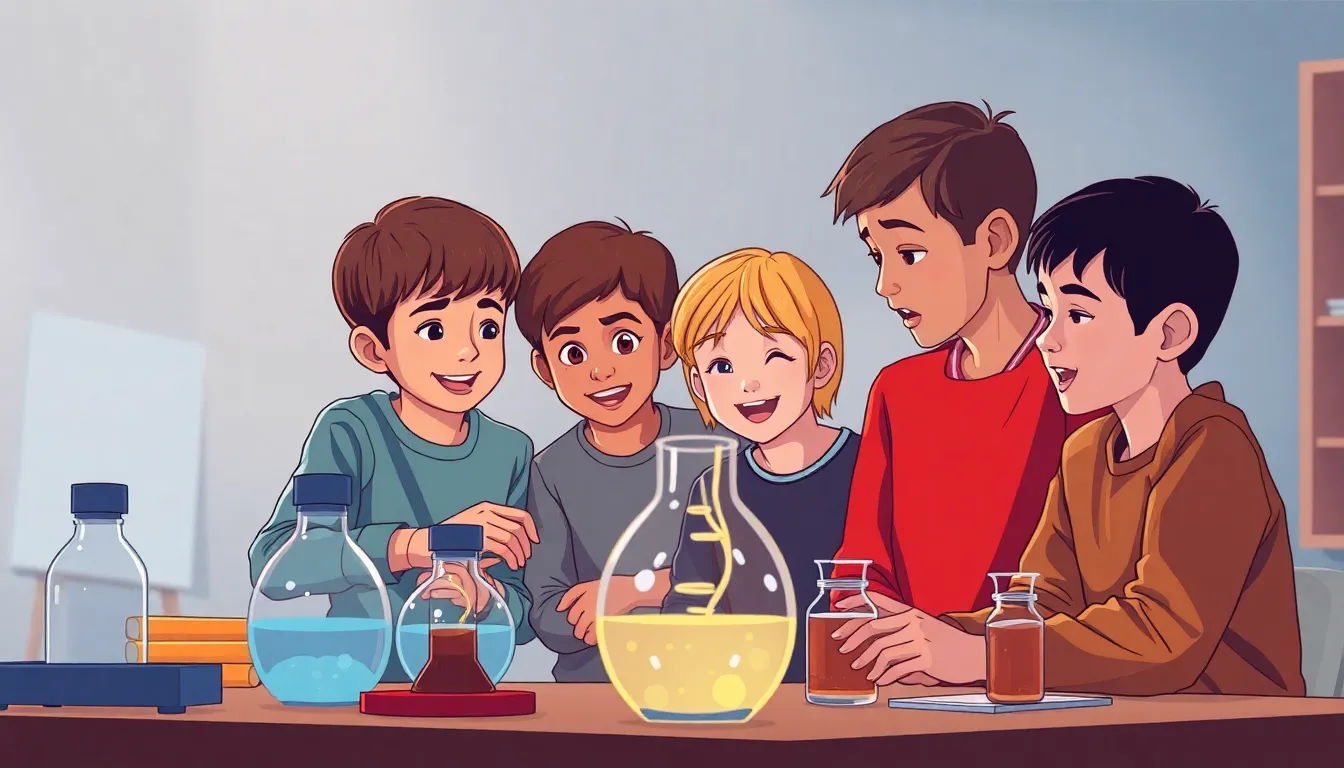
🔥 the Dynamic World of Thermodynamics
Introduction
Thermodynamics explores how energy moves, transforms, and governs the behavior of matter in everyday phenomena. Understanding these principles equips teenagers with analytical tools for scientific inquiry and future technological innovation.
1. Foundations of Thermodynamic Systems
A thermodynamic system is any defined collection of particles whose energy exchanges we choose to monitor.
Surroundings constitute everything external to the system, establishing a boundary that can be fixed or flexible.
The first analytical step distinguishes Open, Closed, and Isolated systems based on mass and energy flow.
Temperature, pressure, volume, and internal energy are state variables that uniquely describe a system’s condition.
Statistical mechanics links microscopic particle motions to macroscopic quantities, revealing why heat feels warm.
2. the Four Laws and Their Implications
Zeroth Law states that if two bodies share thermal equilibrium with a third, they are mutually equilibrated, enabling temperature measurement.
First Law (energy conservation) asserts that ΔU equals heat added minus work done, emphasizing energy’s indestructibility.
Second Law introduces entropy, a measure of disorder, dictating that spontaneous processes increase total entropy in isolated systems.
Third Law predicts that as temperature approaches absolute zero, a perfect crystal’s entropy trends toward zero, limiting attainable coldness.
Analyzing these laws from multiple perspectives—engineering, chemistry, and astrophysics—demonstrates their universal applicability.
3. Real‑world Applications & Research Connections
Heat engines, from automobile pistons to power‑plant turbines, convert thermal gradients into mechanical work, directly applying the First and Second Laws.
Refrigeration cycles invert natural heat flow using work input, illustrating entropy manipulation in everyday appliances.
Climate scientists employ thermodynamic models to predict atmospheric heat transport, linking microscopic molecular behavior to global weather patterns.
Cutting‑edge research in Quantum Thermodynamics investigates energy exchange at the single‑particle level, challenging classical entropy definitions.
Materials scientists explore Phase‑change Materials that store latent heat, offering sustainable solutions for building temperature regulation.
4. Careers That Harness Heat
Mechanical engineers design efficient engines, requiring deep comprehension of energy conversion and entropy minimization.
Chemical engineers optimize reaction conditions, balancing exothermic heat release with safety and product yield.
Physicists in renewable‑energy labs develop thermoelectric generators that directly transform waste heat into electricity.
Medical physicists apply thermodynamic principles to hyperthermia cancer treatments, precisely elevating tumor temperatures to enhance therapy.
Data scientists model complex thermodynamic systems, employing computational fluid dynamics to predict performance before physical prototypes exist.